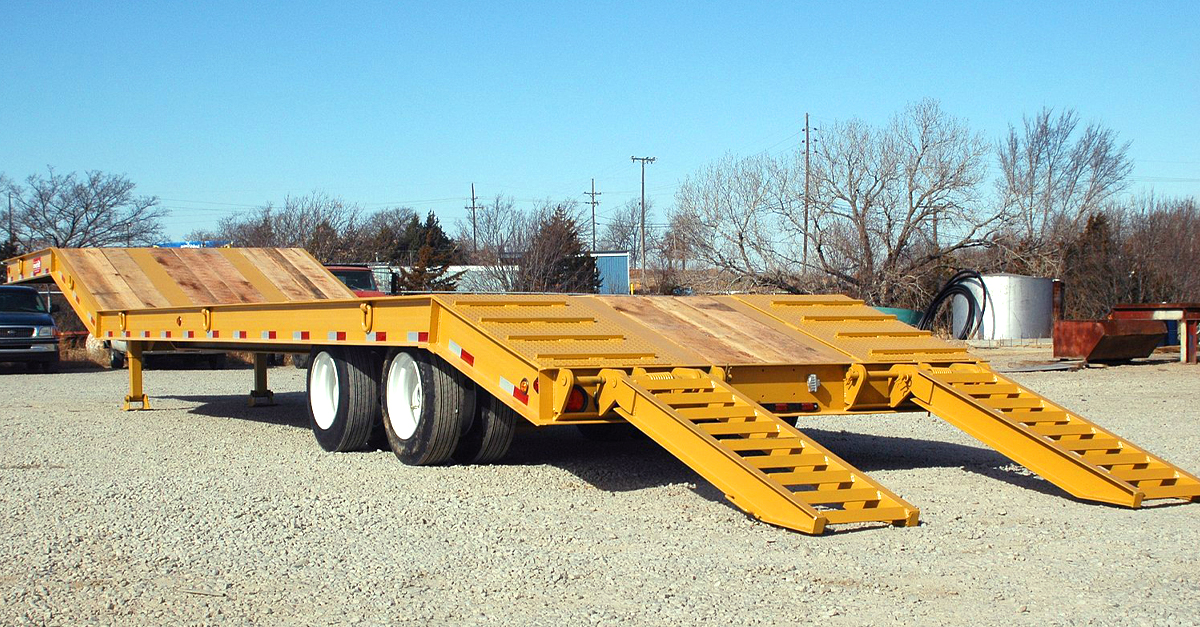
Transporting heavy equipment to the construction site can sometimes be a challenge. In most cases a trailer is needed for the task, but with so many options how do you make the right choice? The CONEXPO-CON/AGG website posted a helpful article with ideas to consider. The author interviewed experts from three trailer manufacturers and consulted their expertise.
For starters
A key component to begin with is matching the capacity of the trailer to the weight of equipment to be hauled. Too large of a trailer is a waste of money, too small is not safe. Also consider the tow vehicle needs to be appropriately sized to pull the load. Remember to include the weight of the attachments that go along with the equipment. This can easily be overlooked.
Most mid-size or large construction equipment can be carried with a 35- to 65-ton capacity trailer. A 55- to 65-ton capacity trailer is typically needed for transporting larger cranes and specialty equipment. Regulations vary from state to state, so when traveling it’s important to verify the trailer capacity, number of axles and axle position are correct.
One size does not fit all
According to Jim Ladner, national sales manager for Landoll Company, users commonly want to purchase one trailer to transport all their equipment. But in most cases this is not possible. Instead, consider buying a trailer that accomplishes 80% of the tasks you need to do, then subcontract other specialized loads to an outside hauler.
Trailer types
Here’s a list of common trailer designs for transporting heavy equipment:
Lowboy or Low Bed – has two drops in the deck height. The first is located after the gooseneck, the second in front of the wheels. The purpose is to keep cargo as low as possible, generally about 18 inches from the ground.
Gooseneck – features a ‘neck’ that extends over the box or bed of the vehicle towing the trailer. The hitch is mounted to the box of the truck.
Drop Deck – has two deck levels, upper and lower. The upper deck is positioned over the tractor unit, then a drop to the lower level occurs after the tractor is cleared.
Tilt – the axles are positioned forward to allow the platform to tilt. The back end of the trailer touches the ground so a ramp is not needed.
Sliding or Traveling Axle – the axles actually move forward, allowing the tail end of the trailer to lower to the ground.
Click here to see read the whole story at the CONEXPO-CON/AGG event website. Image above courtesy of Wikipedia.
July 22, 2022